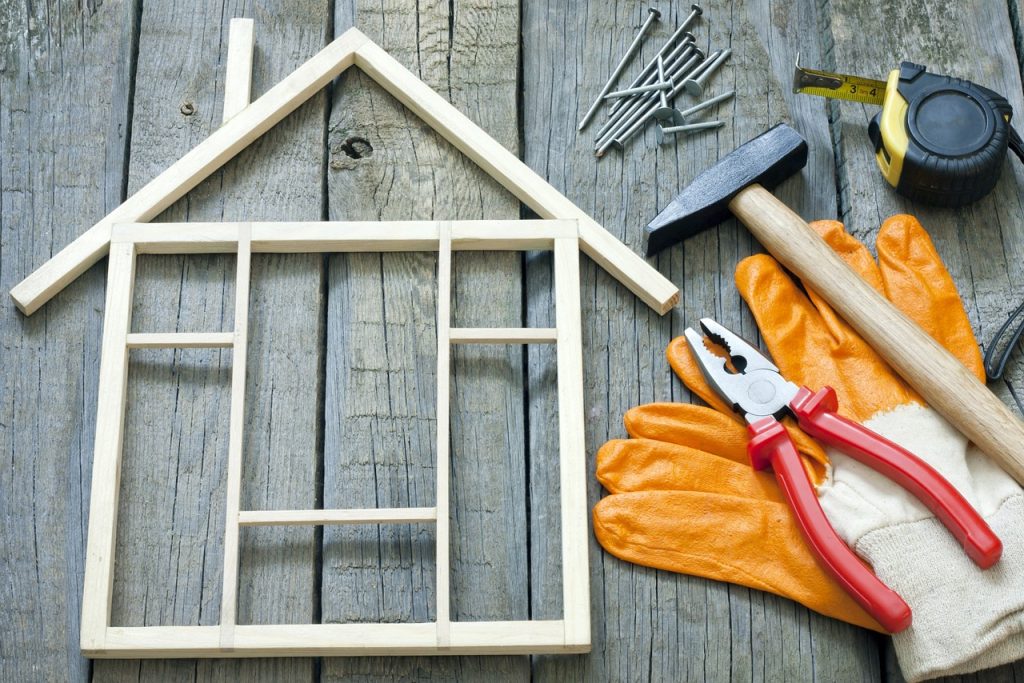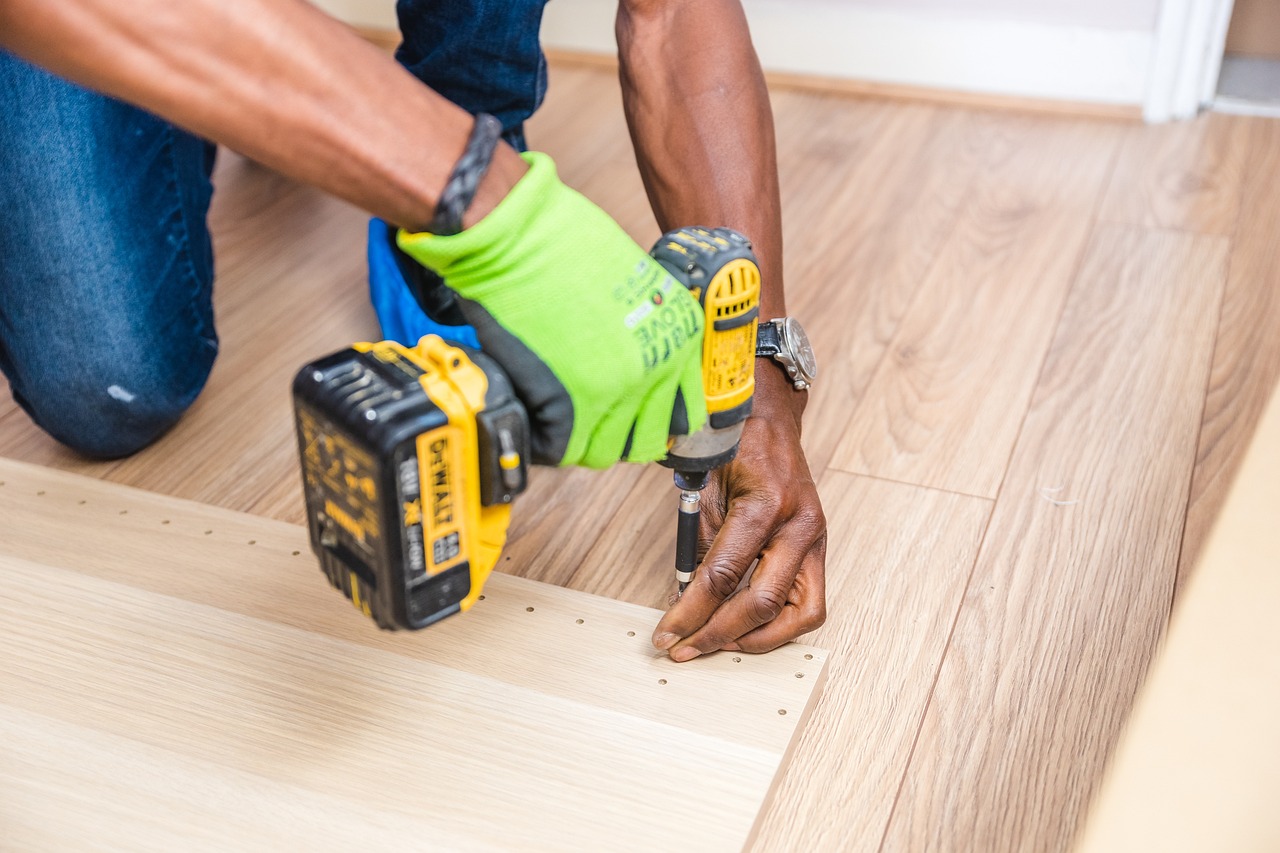Introduction
Home improvement is more than just upgrading your living space—it’s about creating a comfortable and functional environment that enhances your daily life. Whether you’re tackling a major renovation or making small upgrades, DIY home improvement projects can save you money and bring a sense of accomplishment. In this guide, we’ll explore the best DIY home improvement projects, tips for getting started, and budget-friendly ideas to transform your home.
Planning Your Home Improvement Project
Before diving into a DIY project, proper planning is key. Follow these steps:
- Set a Budget: Determine how much you can afford to spend and stick to it.
- Create a Timeline: Allocate time for each project to avoid unnecessary delays.
- Research Materials & Tools: Knowing what you need ahead of time will help you stay organized and efficient.
Essential Tools for DIY Projects
Every homeowner should have a well-stocked toolbox. Here are the basics:
- Basic Tools: Hammer, screwdrivers, measuring tape, utility knife, level.
- Power Tools: Drill, circular saw, jigsaw, sander.
- Safety Gear: Gloves, goggles, dust masks, first-aid kit.
DIY Home Improvement Ideas
Interior Upgrades
- Painting: A fresh coat of paint can transform any room.
- New Flooring: Install laminate, vinyl, or hardwood for an updated look.
- Kitchen Upgrades: Repaint cabinets, add a backsplash, or change hardware.
- Lighting Fixtures: Swap out old fixtures for modern LED options.
Exterior Upgrades
- Curb Appeal: Keep your lawn tidy and plant seasonal flowers.
- Front Door Makeover: A bold-colored door can make a great first impression.
- Landscaping: Add mulch, shrubs, and decorative stones.
- Fence Maintenance: Paint or repair your fence for a polished look.
Budget-Friendly Home Improvement Tips
- Repurpose Furniture: Give old furniture a new life with a fresh coat of paint.
- Thrift Store Finds: Many secondhand items can be upcycled.
- DIY vs. Professionals: Know when to DIY and when to hire an expert.
Smart Home Improvements for Energy Efficiency
- Insulate Windows & Doors: Reduce heat loss and save on energy bills.
- Install Smart Thermostats: Control your home’s temperature remotely.
- Switch to LED Bulbs: Save money and use less energy.
- Use Energy-Efficient Appliances: Reduce power consumption and costs.
Bathroom and Kitchen Renovations
- Affordable Kitchen Updates: Change cabinet handles, repaint, or replace countertops.
- DIY Backsplash: Peel-and-stick tiles are easy to install.
- Bathroom Fixtures: Update faucets, showerheads, and mirrors.

DIY Home Maintenance and Repairs
- Fix Leaky Faucets: A simple washer replacement can stop the leak.
- Repair Drywall Holes: Use a patch kit to cover up imperfections.
- Unclog Drains Naturally: Baking soda and vinegar work wonders.
- HVAC Maintenance: Change air filters regularly.
Safety Tips for DIY Home Improvement
- Handle Tools Properly: Always follow safety guidelines.
- Avoid DIY Mistakes: Watch tutorials before attempting new tasks.
- Fire & Electrical Safety: Turn off power before working on outlets.
- First Aid Kit: Keep it handy for minor injuries.
Organizing Your Home After Improvements
- Maximize Storage: Use baskets, shelves, and hooks.
- Declutter Regularly: Keep only what you need.
- Vertical Storage: Make use of wall space.
Conclusion
DIY home improvement projects are rewarding, cost-effective, and a great way to personalize your space. Whether you’re tackling small upgrades or large renovations, the key is to plan, be patient, and enjoy the process. Start with simple projects and build your skills over time. Happy DIYing!
FAQs
- What are the best DIY projects for beginners? Painting, minor plumbing repairs, and installing shelves are great places to start.
- How can I improve my home on a tight budget? Focus on small changes like repainting walls, updating hardware, and adding DIY decor.
- What tools should I invest in first? A drill, hammer, tape measure, and screwdrivers are essential for beginners.
- How do I ensure safety while doing DIY projects? Always wear protective gear, read instructions, and take necessary precautions.
- How often should I perform home maintenance? Check plumbing, electrical systems, and structural elements at least twice a year.




